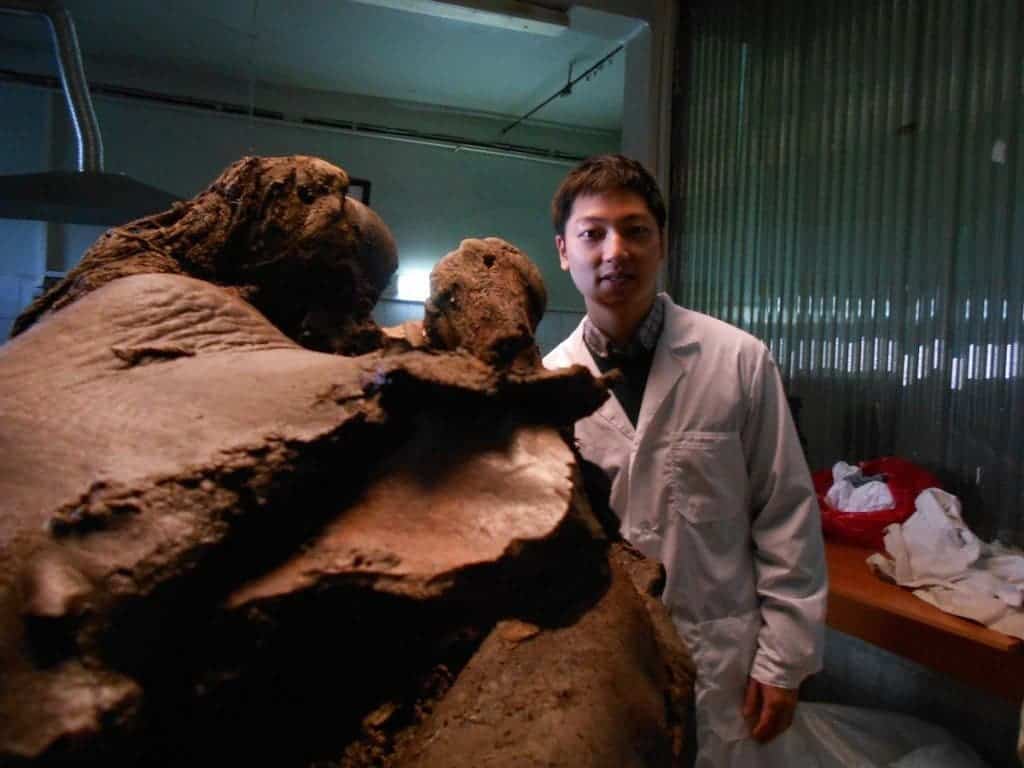We’ve come a long way since the first mammal, a sheep named Dolly, was cloned. Now, a lab in South Korea will clone your dog for around $100,000; so far, they’ve cloned 400 pets since 2006.
Cloning is still tabu in many parts of the world, but it’s a process which is no longer reserved for the future – it’s happening now. It took 434 attempts before researchers managed to clone Dolly, and the sheep only lived for six years, but now, the Sooam Biotech Research Foundation laboratory in South Korea can clone your dog pretty with relative ease. They’re using the same technology through which Dolly was cloned, and the price is somewhere around $100,000.
The technology is called ash nuclear transfer. It starts by taking a few cells from your beloved pet and then reprogramming them to stop growing. They then take an egg from a different female dog, and with a straw-like device they remove its nucleus. With a similar device, they take the nucleus from your dog and place it in the egg. The cell nucleus contains most of the cell’s genetic material, organized as multiple long linear DNA molecules. They then zap the resulting cell with electricity to fuse it together and ensure that it can divide again, and then they reimplant the egg in a surrogate mother dog. If everything else works out fine, the surrogate mother will give birth to a dog which will look exactly like your dog. I say “look exactly like your dog” because it won’t exactly be your dog... it’s something more like a perfect twin of your dog.
“The dog will not be 100 percent the same – the spots on a Dalmatian clone will be different, for example – but for breeds without such characteristics it will be very hard to tell them apart,” Sooam biologist Insung Hwang told The Guardian last year.
So, doesn’t this mean that you’re technically not getting your pup? Indeed, Hwang admits that this is the case – people are “not getting their old dog back”, but a new one that looks just like it. It will also likely have the same temperament, but it won’t be the same dog. There are also many risks associated with this procedure, and often times it goes wrong.
“Things can go wrong. In 2005, when Snuppy, our first cloned dog, was born, we had a 2% pregnancy rate. Now it is about 30%. Some traits go wrong. Dogs can be born unhealthy. For example, they can be born with thickened necks or tongues, and experience breathing difficulties. But we guarantee a healthy puppy for our clients, so we will try again. Often the client will take both puppies in this situation. We never put a dog down.”

Hwang poses with the recently uncovered woolly mammoth, whom the researchers named Buttercup. He hopes to be able to clone this wooly mammoth. Image via Business Insider.
Technologically, this is a laudable achievement. It also serves the purpose of improving and further developing the technique. But what about the ethics? Is it ethical to create life like this – especially when there’s a good chance of the puppy suffering from defects? Oh, and technically you’re not getting your dog back, you’re just getting a really good surrogate… so one could argue that there is little point in doing this. There is also another big problem with this laboratory. As Erin Brodwin writes for Business Insider:
“Eight years after winning international acclaim for cloning the world’s first dog in 2005, Sooam founder and veterinarian by training Woo Suk Hwang was publically disgraced for falsifying research on human embryo cloning. Hwang (no relation to Insung Hwang) was expelled from Seoul National University, where he did the research, and is still facing criminal charges.”
Despite public outrage, Hwang was able to raise funding and start this laboratory, and these days, they’re producing about 15 pups a month. For some people, it’s just a way to ease the pain, and a good replacement. As someone who dearly loves animals, I can understand that. I’m not sure I agree with it, but I can understand it.
Cloning can be very useful in bringing back to life extinct species, as some scientists are already planning. Hwang also believes that, together with Russian researchers he can bring back to life a wooly mammoth – though many doubt that possibility. All in all, the technique can be very valuable, but I still feel that we need to set a very clear ethical framework. With this, the question remains: would you clone your dog ?










